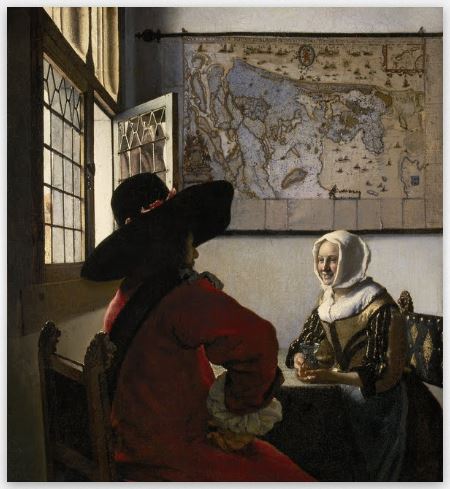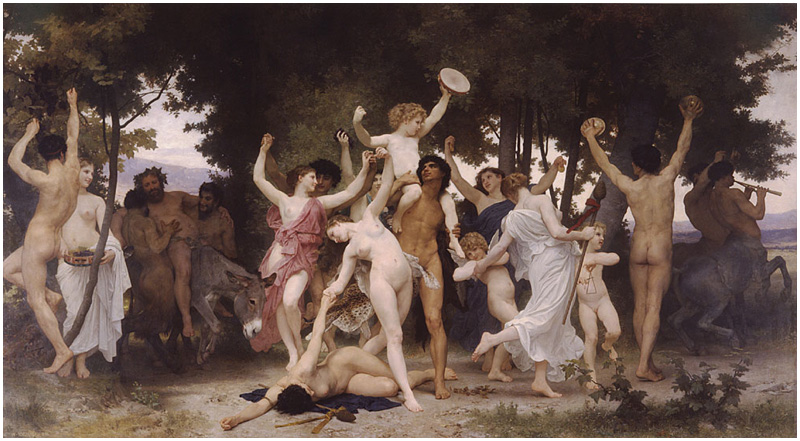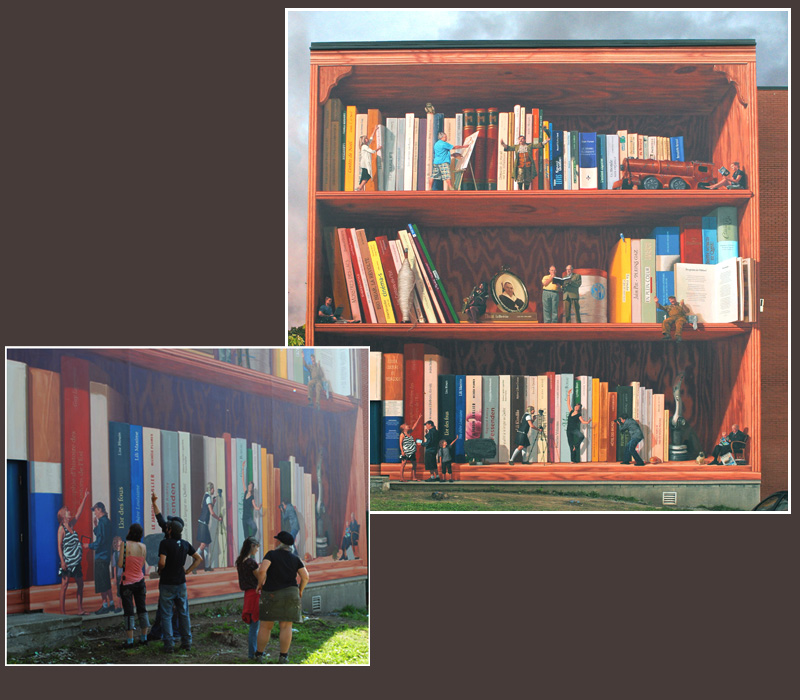The use of photography by painters is controversial.
Some purists totally banish this use. It is their choice. Personally, I note that an advised use of photography opens the doors to possibilities of creation that are inaccessible otherwise.
Since its invention, many painters have used it as a reference source. And even before, other optical methods such as the black box have rendered great services to the painters.
And I know that many purists nevertheless use the photo reference by necessity in secret because they fear being accused of cheating by other purists or by a public that knows nothing. The ignorant people are always the first to carry charges and to want to throw the stone with eagerness.
I will attempt here to shed some light on the subject.
Work according to nature
It is true that the painter must work mainly according to nature. It is by practicing to observe the reality that he will refine his perception and will discover how to translate what he sees in a pictorial way. Reality being fleeting, the artist will develop necessarily his speed of perception, synthesis and the skill of the hand; safety, flexibility, virtuosity and beauty of the gesture.
This exercise is well suited for still life workshop, fast portrait and studies with professional model.
But when we need more time to refine our rendering, photography can become an incomparable ally.
To stop time
Photography stops time on a split second and allows us to have access to aspects of reality imperceptible and inaccessible otherwise.
For the portrait, photography allows us to quickly explore the entire facial geography of our model, his attitudes and his feeling, and to perceive his true identity. Moreover, it can be sometimes very difficult to keep the pose over a long period for somebody who is not a professional model or which has problems of proprioception.
It’s the same for professional models. Some very dynamic poses are totally impossible to hold. Thanks to photography, gone are the days when we had to tie up our model in the desired pose inflicting him atrocious sufferings and maybe causing injury.
The art of photography suited for painting
The painter who wants to exploit photography must become an excellent photographer. He must become a better photographer than a simple photographer because he must photograph like a good painter.
Here, I insist on the need for taking and working from impeccable photos.
I join the intolerance of the purists when I note the disastrous influence that a bad photo can have on contemporary realistic painting. No matter if the camera is less sensitive than the human eye. The painter must make every effort to ensure that his photo documentation gives him the information that is as close as possible to the perception that his eye would give him; as much in the shadows as in the lights.
The camera is simply a different tool than the brush. In taking the photos, the painter must behave as if he was about to paint. All must be perfect; the lighting – the play of light and shadow, the point of view, the perspective, the ratio subject/background, etc.
Principal traps to avoid
Too high contrasts – burned whites, opaque blacks.
Our documentation should give us as much information in the zones of shades as in the lights. It is essential to take the photos with a much softer lighting that for live work. This weakness of the camera becomes even more evident when we want to work against the light.In this case, it is sometimes necessary to take several shots at different openings; under ex for information in the lights, over ex for the shades.
This is where the experience of working in direct kicks in. The experienced painter will be able to compensate and see what the photo does not show him.
Photo blurs vs quality of the passages
In photography, the variety of the sharp and more or less fuzzy zones is produced mechanically by the depth of field. The painter must himself re-evaluate the distribution and the quality of the passages, clear, soft or lost so as to concentrate the attention where he wants it in his work. Moreover, the blur backgrounds created by the limited depth of field have a typically photographic signature. To reproduce them is an aberration. The expertise of the painter must operate.
Distortions
Lens effects can cause deformations. It is important to keep a considerable distance between the camera and the subject so as to minimize distortions.

These effects may be acceptable for small works to which they will add a dynamic perspective. However, for very large format works including life-size figures, all components of the human body must be life-size and all the characters that are on the same work must be on the same scale. It is the observer who will create the perspective by walking in front of the work.

The point of view of the observer creates perspective.

Conclusion
Paint from nature or from photo? No need to compare apples with oranges.
The quality of the work is the only thing that matters.
The painter is master of his tools.
D.J.